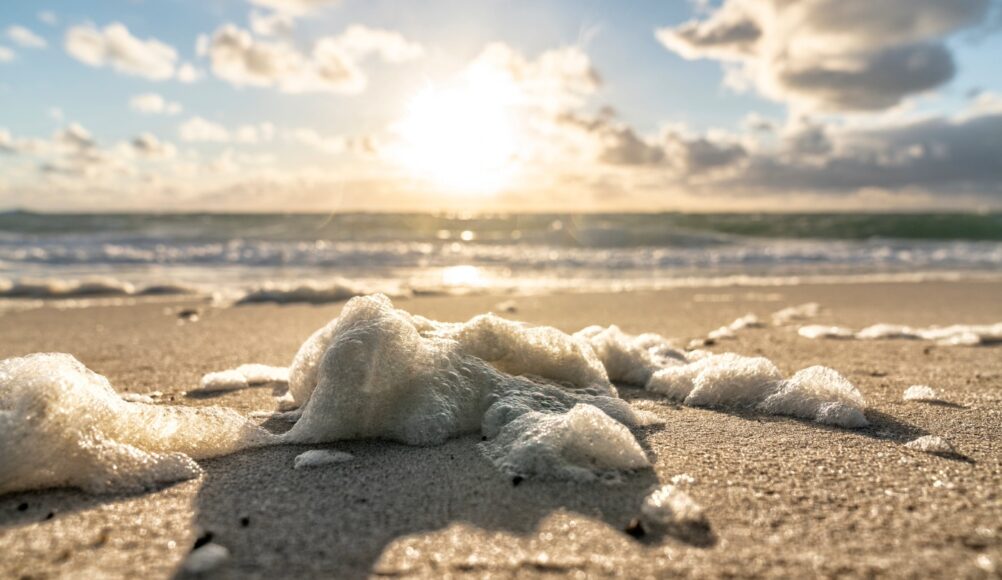The Role of Light in Water Evaporation: Beyond Just Heat

The principle of "green light means go" could also apply to evaporating water molecules, according to recent research.
A study published in the Proceedings of the National Academy of Sciences has proposed that visible light, particularly with a green hue, may expedite the evaporation of water. In the experiments of the study, water demonstrated a higher evaporation rate under visible light compared to what would be theoretically possible with heat alone, report MIT mechanical engineer Gang Chen and his team.
The researchers suggest that their findings indicate a process where photons, or individual particles of light, are able to break the bonds of water molecules when they shine upon water, thereby releasing clusters of molecules into the atmosphere.
Yuki Nagata, a non-associated chemist at the Max Planck Institute for Polymer Research in Mainz, Germany, shares his excitement for these implications, while noting the need for further verification. "We are not 100 percent sure this is really the mechanism," he comments. If confirmed, this would be a "totally new" discovery.
Conventionally, it is heat that instigates evaporation by causing water molecules in a liquid to vibrate more intensely. This added energy can disrupt some of the molecule bonds in the fluid enabling molecules to escape as vapor. Previously, visible light was believed to assist water evaporation through heating, but it wasn't thought capable of directly breaking the bonds between water molecules.
In their study, the research team focused light on water held in hydrogels that are known to absorb water. They observed that the greatest evaporation occurs at the point of contact between air and water. The numerous crevices created when water is held in hydrogel materials enable this process, resulting in more than double the expected rate of evaporation based purely on heat. Rates of evaporation also varied with the light's wavelength, with green light promoting the highest rate.
Janet A.W. Elliott, a thermodynamicist at the University of Alberta, sees this wavelength dependence as strong evidence for the researchers' theory. She also notes that this excess rate of evaporation did not occur when a heater was used instead of light.
During typical heat-driven evaporation, molecules escape one by one. However, when light is the driving factor, molecules appear to escape in clusters which then dissociate into individual water molecules and subsequently cool the vapor.
The research also demonstrated that evaporated vapor is hottest closest to the source, similar to how steam behaves over a boiling pot. However, in a thin zone of vapor between approximately 8 to 14 millimeters above the surface, the temperature was consistent regardless of height. The researchers suggest that this is evidence of groups of water molecules constantly evaporating and condensing.
Elliott confirms that the research indicates that clusters of molecules do evaporate from the test set up. However, she highlights the need to answer remaining questions such as the detailed mechanics of how photons break the molecular bonds and why green light is the most effective.
Gang Chen acknowledges that his team's explanation is theoretical, and expresses optimism about its practical application, such as creating more efficient methods of producing freshwater from seawater. He also suggests that this effect could be at play universally in nature, occurring within porous materials like soil or plants, or on the ocean's surface. This possibility is a source of great excitement for them.
Your support helps provide articles like this one. Consider making a donation today to fund high-quality science journalism.




